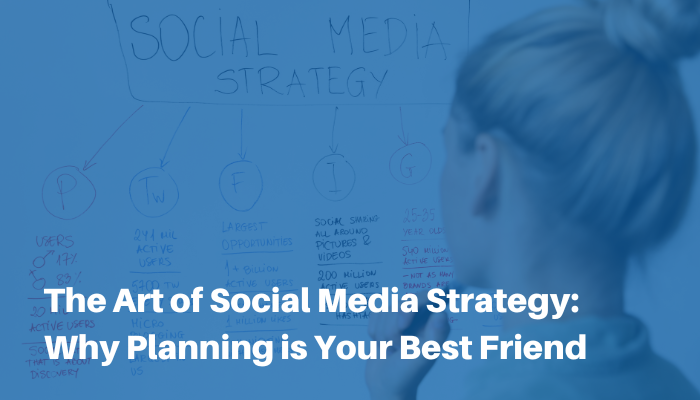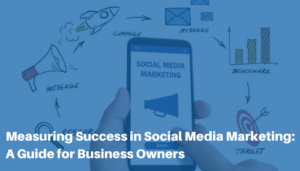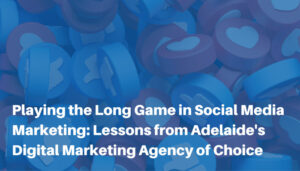The Art of Social Media Strategy: Why Planning is Your Best Friend
Are you on social media, posting aesthetically pleasing images that seem to have no real connection to your business goals? If so, you’re not alone. Many businesses treat social media like a distant relative—nice to have around but not essential. But in today’s digital age, social media is a critical part of your overall marketing strategy. Here’s why you should plan your social media activities as meticulously as you plan the rest of your business.






